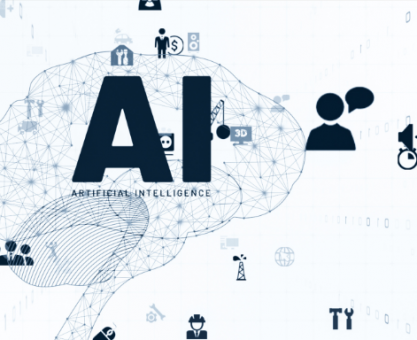Executive Summary
-
Discover how AI is revolutionizing climate risk assessment in sustainable finance.
-
Learn the benefits of integrating AI with traditional assessment methods.
-
Understand the challenges and risks associated with the use of AI in this domain.
-
Explore real-world examples of AI-driven climate risk assessments.
-
Gain expert insights and strategic recommendations for leveraging AI effectively.
Introduction
As the global focus sharpens on sustainable finance, the need for accurate climate risk assessment tools becomes ever more critical. Investors, corporates, and policymakers require reliable data to make informed decisions that align with sustainability goals. Enter artificial intelligence (AI)—a game-changer in enhancing the precision, efficiency, and scope of climate risk assessments. In this article, we delve into how AI is transforming these tools, offering insights into its benefits, challenges, and strategic implementations.
Definitions / Context
Climate Risk Assessment Tools
Methodologies and technologies used to evaluate the potential impacts of climate change on financial investments and business operations. Traditionally reliant on historical data and static predictive models, these tools are now being transformed by AI capabilities.
AI in Climate Risk Assessment
Utilizes machine learning, big data analytics, and automation to enhance risk prediction, pattern recognition, and scenario modeling in sustainability-driven financial strategies.
Benefits / Pros
-
Enhanced Data Processing
AI analyzes vast and complex datasets with greater speed and accuracy than manual methods. -
Improved Predictive Accuracy
Machine learning algorithms can identify patterns and anomalies, enabling more precise climate risk forecasts. -
Scalability and Flexibility
AI systems can adapt across industries and regions, offering tailored insights for diverse ESG needs. -
Cost Efficiency
AI automation reduces time, labor, and errors, lowering overall operational costs in risk assessments.
Risks / Cons / Challenges
-
Data Privacy and Security
Large data requirements raise concerns over personal and organizational data protection. -
Algorithmic Bias
Without proper oversight, AI may reflect or amplify biases present in its training data. -
Regulatory Complexity
Compliance with rapidly evolving AI and sustainability regulations can be complex and jurisdiction-specific. -
Dependence on Data Quality
Low-quality or incomplete data can result in flawed AI outputs and poor decision-making.
A global insurance firm integrated AI-powered analytics into its climate risk assessment framework. Using real-time environmental data and predictive modeling, it anticipated flood risk in Southeast Asia, adjusted underwriting strategies, and cut projected losses by 22%.
Case Study: Global Insurer Adopts AI for Flood Risk Prediction
Expert Tips / Strategic Insights
-
Invest in High-Quality Data
Strong inputs ensure reliable AI outputs—curate validated, sector-relevant datasets. -
Continuous Model Updates
Adapt AI algorithms with current climate trends and scientific data for sustained accuracy. -
Engage with AI Professionals
Collaborate with data scientists and ESG consultants to customize models for your business. -
Monitor Regulation
Stay ahead of changing compliance norms in AI ethics, transparency, and financial disclosures.
Tools / Resources / Calculators
-
Jupiter Intelligence
AI-powered platform for climate impact modeling on assets and infrastructure. -
ClimateAI
Uses machine learning to generate predictive insights for agriculture, logistics, and finance. -
Power BI + Tableau
Visualize and present climate risk data with advanced analytics dashboards. -
Coursera Courses
Structured learning paths on AI in finance, sustainability analytics, and risk modeling.
Conclusion
AI is enhancing climate risk assessment in sustainable finance by enabling faster, more accurate, and scalable solutions. While challenges such as data privacy, algorithmic bias, and compliance must be addressed, the strategic integration of AI tools allows companies and investors to make smarter, greener decisions. The future of ESG investing is undeniably AI-assisted—and it begins now.























